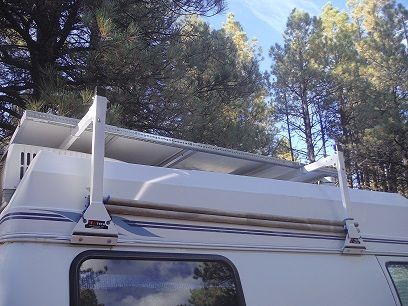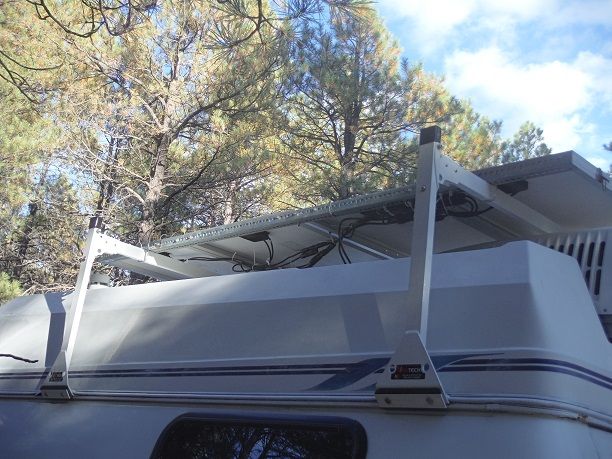sephiro499
Well-known member
- Joined
- Aug 1, 2011
- Messages
- 103
- Reaction score
- 0
How difficult is it to mount panels on an uneven surface like a high top? I read the one tutorial of sorts that they did at the RTR. Taking the entire top off and adding plywood is way over my skill level.
If I get the flexible 3lb solar panels how do I mount them? If I use adhesive what happens if the top has to be replaced? How do I get the panels off? Is installation easier on a regular cargo van (without the high top)?
If I get the flexible 3lb solar panels how do I mount them? If I use adhesive what happens if the top has to be replaced? How do I get the panels off? Is installation easier on a regular cargo van (without the high top)?











